
Politics & Society
Is sport wandering offside?
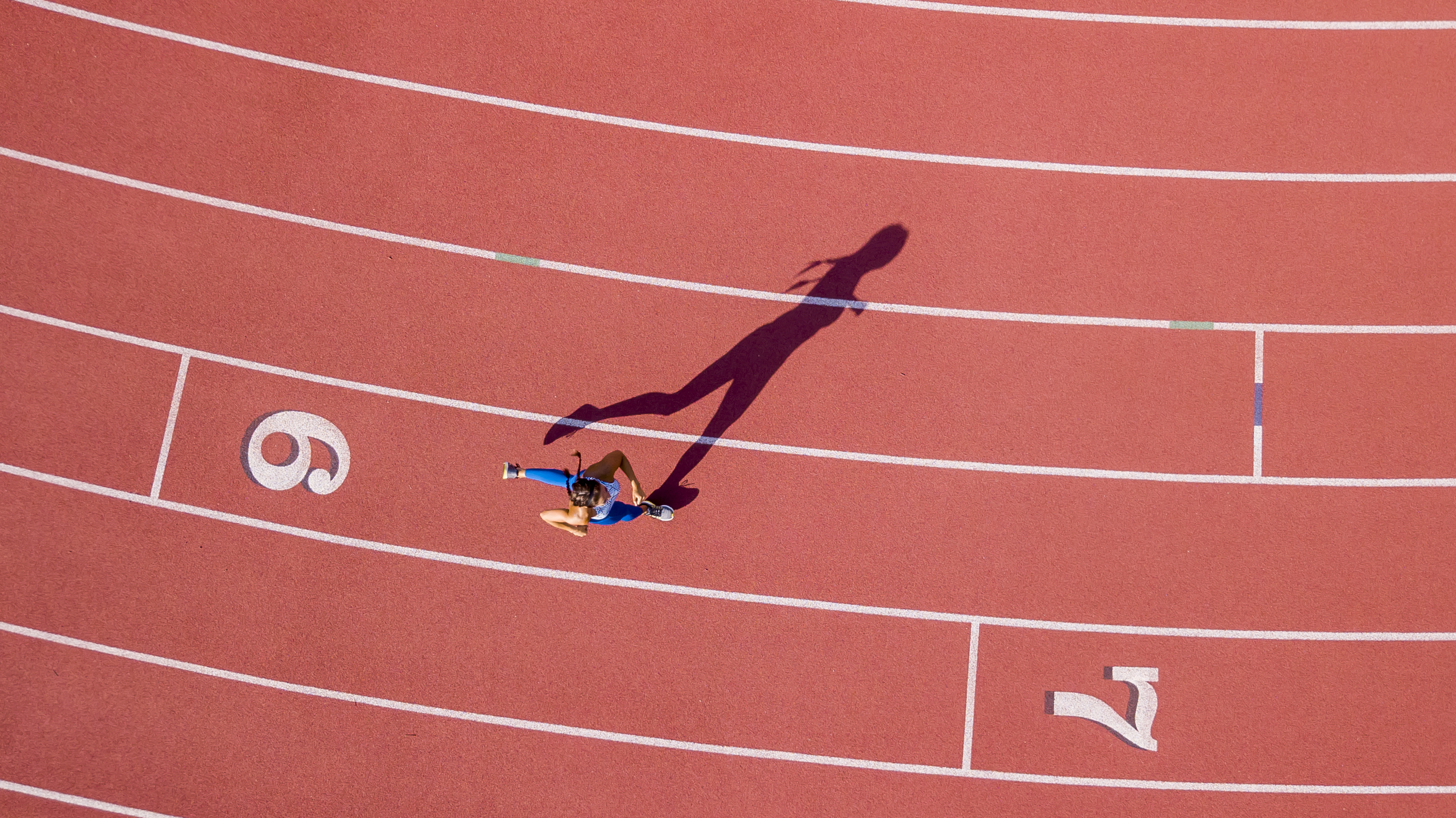
There are far too many recent examples of athletes facing abuse in sport. If we don’t change the structure and culture within sport, it will keep happening
Published 7 January 2020
Recent history has shone a light on some of the abuse faced by athletes around the world.
From the sexual abuse of young swimmers and gymnasts, to athletes dealing with physical and emotional abuse from their coaches – it may be easy for many of us to assume that athlete abuse is caused by a few rogue individuals within sport who break the rules.

But new evidence shows that there are organisational factors within the sporting industry that are, in fact, helping to enable this abuse.
Many in the sporting industry have historically seen abusive behaviour as being ‘functional’ – that it leads to improved performance and, therefore, the likelihood of winning.

Politics & Society
Is sport wandering offside?
As a result, the leaders of sport organisations have accepted abusive practices as a necessary part of the ‘game’ in which athletes are expected to make extreme personal sacrifices and endure intense physical discomfort and pain to win.
There needs to be changes in culture, education, policing and the law to address not only the so-called ‘bad apples’, but the sport organisations themselves and the broader sporting system.
In our recent systematic review, we analysed studies published between 2000 and 2018 investigating non-accidental violence against athletes from multiple sports and across multiple countries.
When we talk about non-accidental violence, we’re referring to a range of harmful interpersonal experiences, including psychological, physical and sexual abuse of athletes, instigated by coaches, support staff and other athletes.
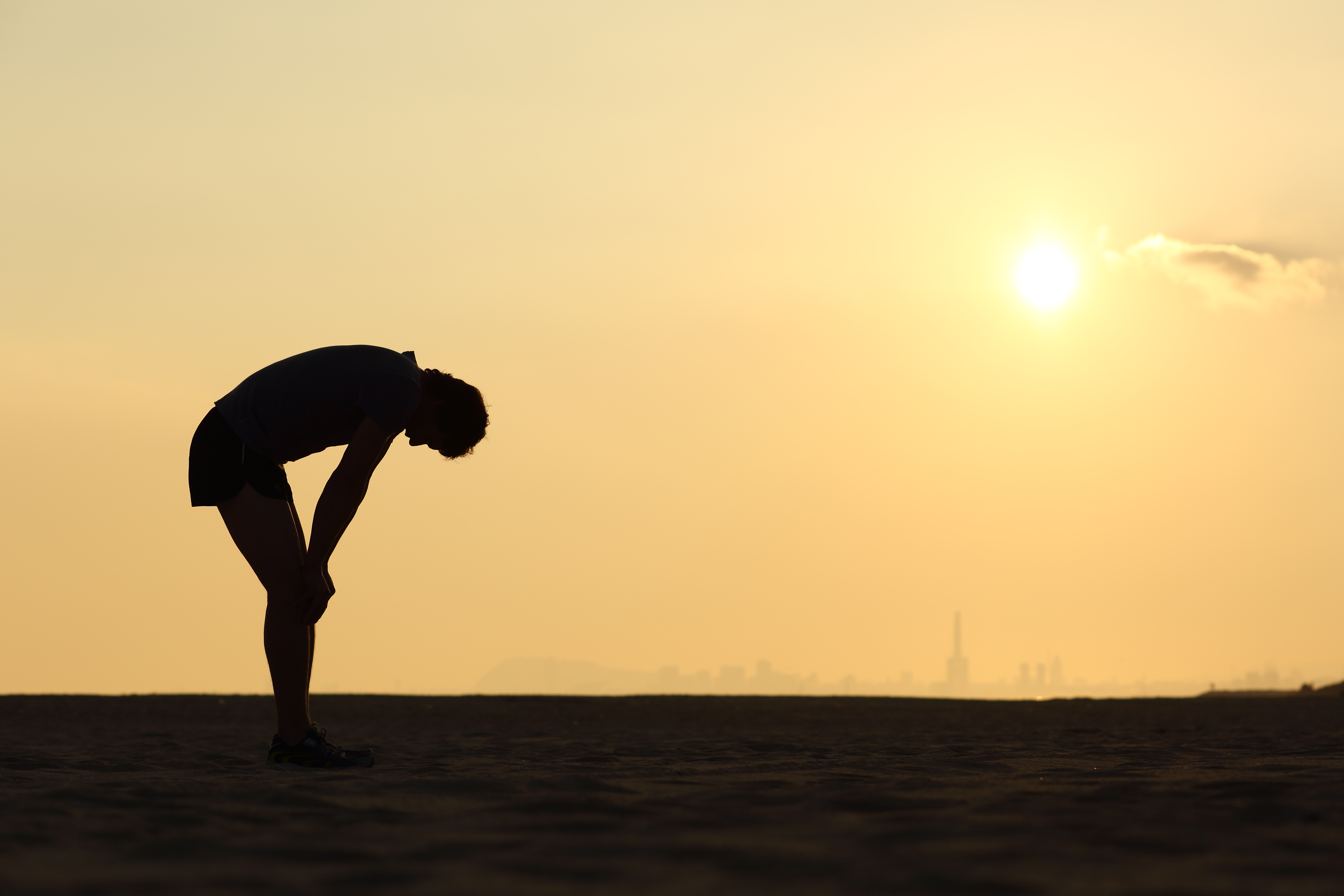
Our study identified a universal set of structural and social factors that underpins this abuse during training and competition - including those organisational norms that tolerate abuse, power imbalances, social values and beliefs.
Non-accidental violence is a protracted and pervasive issue in sport.
According to recent research out of the UK - up to 75 percent of athletes experience some form of psychological abuse.

Arts & Culture
Trolling in the era of ‘freedom of speech’
Athletes report being belittled, shouted at, scapegoated, threatened, as well as ignored, denied attention or support.
Eleven percent of athletes report experiencing physical abuse that includes corporal-style punishment, mandated age-inappropriate training, or non-sanctioned aggressive behaviours on-field like punching and hitting.
Up to 14 percent of athletes experience sexual abuse including sexist comments or gestures, unwanted sexual attention or sexual assault.
Abusers, who are usually in high-level, authority positions, believe they can mistreat athletes with few consequences and little resistance from athletes.
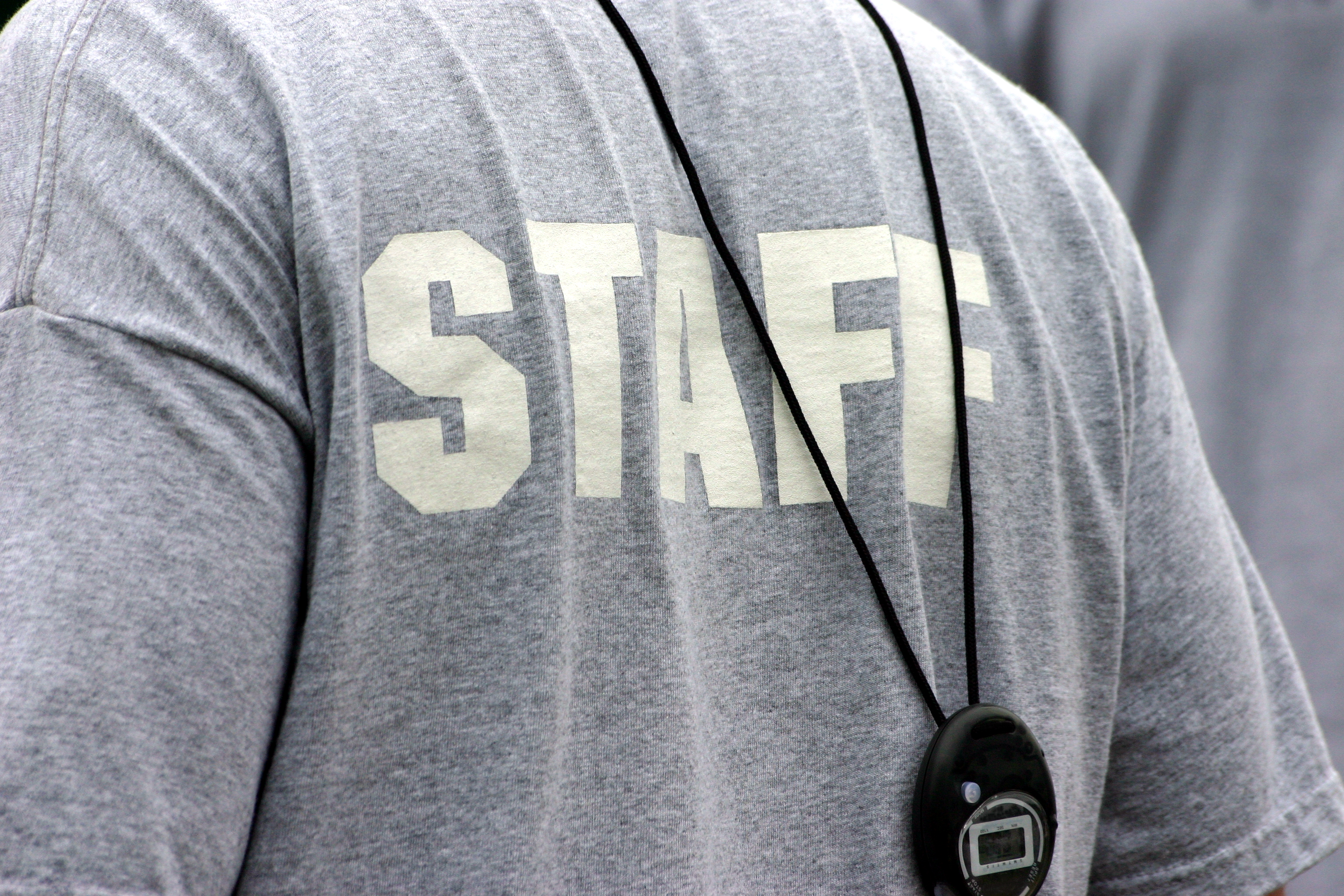
Those athletes that are targeted are socialised into believing they should endure this abuse in silence, while bystanders, including family members, believe they shouldn’t intervene.
Many of these targeted athletes don’t report this abuse for fear of backlash; they may be worried about being ostracised, labelled a ‘trouble-maker’, or dismissed as ‘weak’ and a ‘failure’.
But, the issue of abuse can be an ambiguous one in sport.

Business & Economics
Workplace bullying in the #MeToo era
Many athletes don’t recognise when actions become abusive, because abuse is so common and because instigators and targets are socialised into believing it’s an effective and “functional” way to enhance performance and, ultimately, win competitions.
This belief in the ‘functional’ effect of abuse is exacerbated by our ‘winner-take-all’ reward system in sport. The disproportionate allocation of rewards to the winner gives instigators an incentive to use whatever means necessary, including abuse, to win.
So, targeted athletes accept the abuse in the hope that it will result in their success.
This situation may also encourage sport administrators to turn a blind eye to the abuse when these athletes achieve good results, helping to secure future funding and so achieve future success.
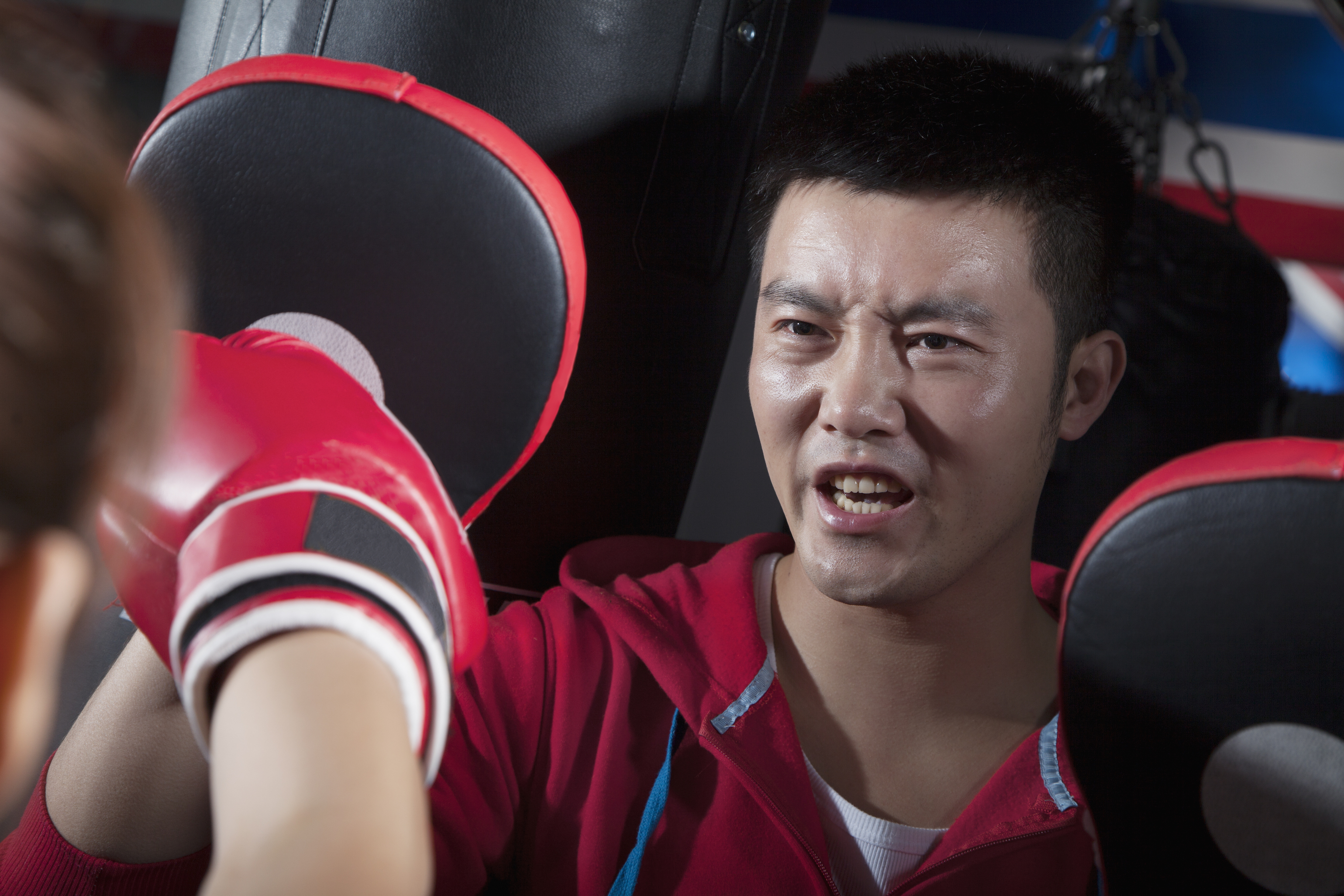
When abuse is tolerated, the pressure to conform to the these values within sport motivates all forms of non-accidental violence.
Athletes learn to accept extreme discomfort and pain and suppress vulnerability; they are expected to train and compete while injured, tolerate aggressive tactics by competitors on-field, and in the most extreme cases, endure sexually abusive practices performed under the guise of medical support.

Politics & Society
Vulnerable women trapped by changes to bail laws
Athletes are also expected to comply to strict expectations of obedience, and show deference to authority – even when the people in authority are the abusers.
This is further complicated by the fact that training venues and competition schedules often isolate athletes physically and psychologically from their families and support networks – making them more vulnerable to abuse, particularly sexual abuse.
This isolation also reduces the effectiveness of safeguarding practices and the capacity for adequate oversight and observation of training and competition.
The norms, power imbalances, rewards structures, values and beliefs combine to establish a culture that prioritises an athlete’s performance over their safety and wellbeing, and ends up legitimising abusive behaviour.
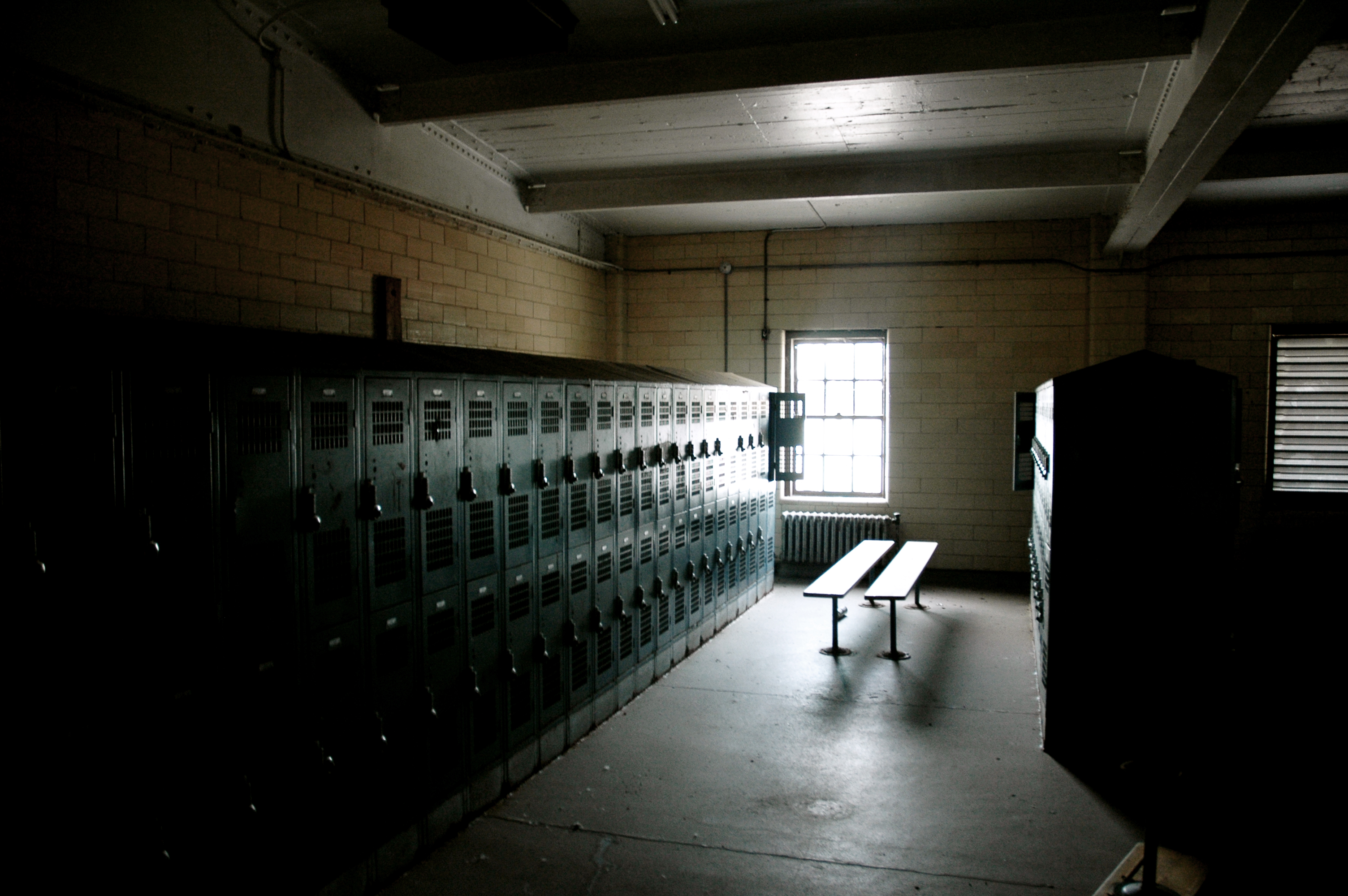
Athletes deserve better. They should be afforded a safe training and competition environment in which their integrity is protected. The fact that society is willing to fund and celebrate the success of medal winners but tolerates abuse of athletes is unconscionable.
Abuse by a coach, professional support staff, team member or another competitor is isolating and traumatising, and can have long-term impacts. It can also lead to a range of mental and physical health problems including injury, illness, reduced performance, economic loss, social isolation and, even, suicide.

Business & Economics
Is empathy good for business?
Given the structural and cultural context of sport, what can be done to help protect athletes?
A key first step is to acknowledge that non-accidental violence is a systemic issue in sport that requires a long-term, whole-of-industry approach to remedy its structural and cultural drivers.
This kind of system-wide approach needs to involve governments, the public, sport organisations (including administrators, regulators and training personnel), sponsors, agents, as well as current and future athletes and their families.
Established coaches and other professional staff need to challenge the belief that any abusive methods are ‘functional’ – embracing alternative coaching methods that preserve the integrity of individual athletes while striving to win.

These established coaches can show mentee coaches and their athletes that it is possible to succeed in sport without engaging in harmful training practices.
Complaint handling processes and investigations into abuse conducted by national sport organisations need to be reportable to an independent oversight body with investigatory powers.

Politics & Society
Why ‘winning without counting the costs’ must end
To ensure athletes have adequate protection and redress, once non-accidental violence occurs, there must be an immediate solution that ensures athletes have the same statutory protection against non-accidental violence while training and competing under an Athlete Agreement – just like any other worker or employee.
The lack of progress on eliminating non-accidental violence in sport is caused, in part, by a too-narrow focus on rogue individuals, the so-called ‘bad apples’.
This fails to consider the role and responsibility of sport organisations themselves, and the broader sporting system. Only once we’ve properly faced head on sport’s structural and cultural problems that enable this kind of abuse do we stand a chance of making any progress – allowing our athletes to perform to their best, safely.
Banner: Shutterstock